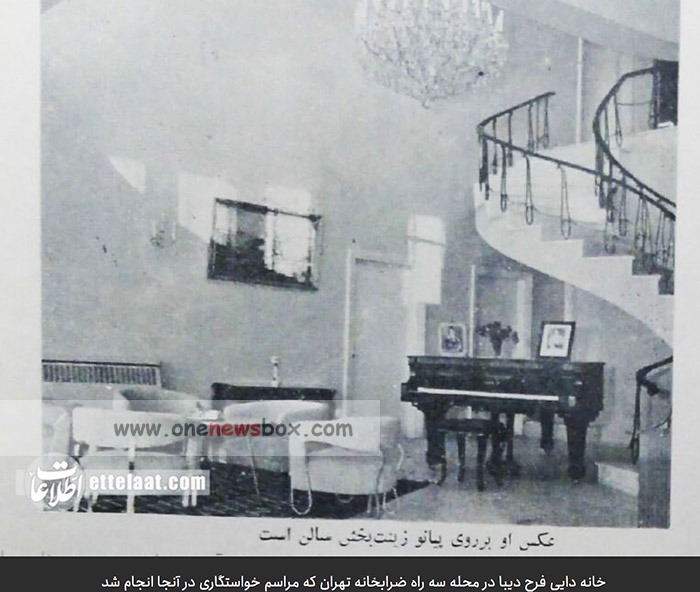Farah Diba’s marriage to Shah Mohammed Reza Pahlavi on December 20, 1959, marked the beginning of a dramatic and highly scrutinized chapter in both her life and in the history of modern Iran. At the age of 21, Farah entered into a marriage that would thrust her into the global spotlight and see her crowned as the young Queen of Iran. The wedding ceremony itself was an extravagant affair, meticulously planned and widely covered by the international press, showcasing both the opulence of the Pahlavi regime and Farah’s own emerging role as a symbol of modernity and sophistication. Farah’s gown, designed by Yves Saint Laurent while he was working under Christian Dior, became a fashion icon, and the Noor-ol-Ain Diamond tiara she wore symbolized her new royal status. Despite the beauty and grandeur of the wedding, the true success of this union would come to be defined not just by love, but by Farah’s ability to fulfill one of the most pressing expectations of her new role: to produce a male heir.
A Marriage of Duty and Expectation
The marriage of Farah Diba to Shah Mohammed Reza was not only a union of two individuals but also an alliance steeped in political significance. For the Shah, it represented a chance to secure the future of the Pahlavi dynasty. He had been married twice before, yet those unions had not resulted in the birth of a male heir. His first marriage to Princess Fawzia of Egypt, which ended in divorce in 1948, had not produced any children, while his second marriage to Queen Soraya, which ended in 1958, was dissolved primarily due to her infertility. As a result, Farah’s role as wife was immediately framed in the context of this critical need for a male successor.
Under the system of agnatic primogeniture, which governed the succession laws of the Iranian monarchy, only male heirs could inherit the throne. This legal framework excluded the Shah’s only child from his previous marriages, Princess Shahnaz Pahlavi, from ever ascending to the throne. The failure to produce a son during his previous marriages had been a significant source of frustration and anxiety for the Shah, who feared the instability that might result from a lack of a male heir. The pressure on Farah, therefore, was not simply to bear children, but to deliver the child who would ensure the survival of the Pahlavi dynasty.

